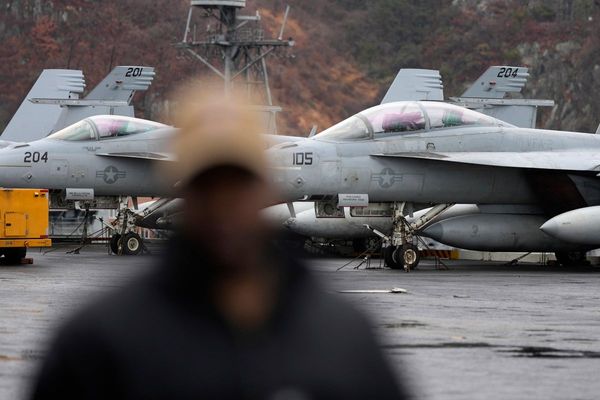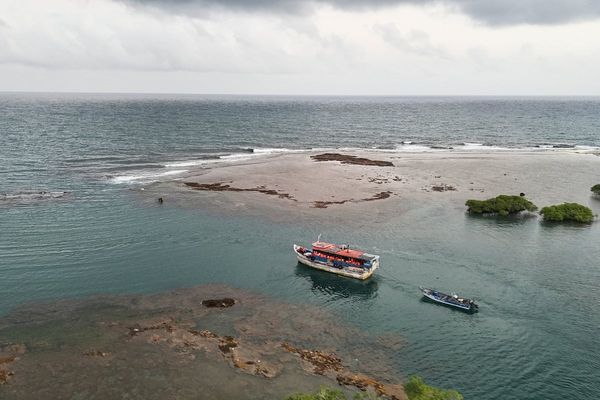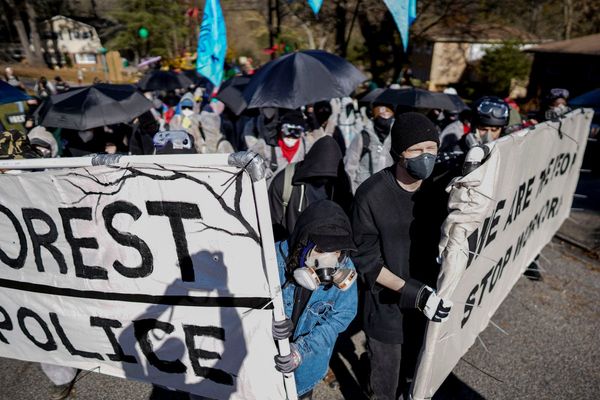
Perhaps no single factor better explains the evaporation in support for the Indigenous Voice to Parliament from early this year through to its decisive defeat on Saturday than a mounting perception that Indigenous peoples were far from united behind the idea.
The notion was encouraged by the adroit use of Jacinta Nampijinpa Price and Nyunggai Warren Mundine as the combined public face of the No campaign, with considerable help from the distinctive viewpoint of Lidia Thorpe and her flair for calling attention to it.
The Yes campaign vainly sought to push back through its frequently invoked claim that 80% of Indigenous people supported the Voice, based on two polls conducted earlier in the year.
This failed to account for the fact that overall support had been at around 60% at the time, and there was little reason to think Indigenous support had been exempt from the general downward trend.
Amid cries of foul from the No camp, the RMIT ABC Fact Check unit brought its extensive scrutiny to bear on the issue in reaching a verdict of “yes, but more to it”.
The arrival of hard answers in the form of Saturday’s voting results has done little to quell the dispute.
Exhibit A for the Yes camp is five booth results and nine remote mobile team results from localities where the Indigenous population accounted for more than 80% of the total.
The combined Yes vote across the five booths was 66%, peaking at over 75% in the especially strongly Indigenous communities of Yarrabah and Palm Island.
The result was even stronger from the nine remote mobile teams, landing just shy of the Yes campaign’s magic number at 79%.
Queried about such results on Saturday night, Price complained of “unions that come in and overpower vulnerable Aboriginal communities” and called for a “look at the way the AEC conduct themselves”, while Mundine angrily demanded that journalists “wake up to yourselves and start asking real questions”.
Price’s notion of remote communities as prey for corrupt political machines is complicated by their volatile record in the Northern Territory, where they swung massively against federal Labor amid the fraught politics of the intervention in 2010 and tipped a territory Labor government from power unexpectedly in 2012.
Rather than compound a particularly depressing feature of the campaign by traducing the AEC (it is now verifiably the case that the AEC’s treatment of ticks and crosses did not hand “a very, very strong advantage to the Yes case”, contrary to the claims of Peter Dutton), Price might have done better to emphasise the acknowledged fact of low turnout.
Palm Island recorded an adult population of over 1,300 in the 2021 census, but only 432 ballots made it into the boxes there on Saturday.
Whether the abstentions are seen as a measure of apathy or hostility, it was open to Price to argue that they didn’t amount to a mandate.
The voting data also offers little direct insight into the 83% of Indigenous peoples who don’t live in remote areas — although Mundine complicated that potential line of argument when he claimed in August that the 80% figure had been skewed by a failure to poll remote areas.
No such ambiguity surrounds a second controversy about how the results might look, in this case relating to the seven teal independent seats.
News Corp outlets proved especially receptive to suggestions that these seats would rebuke their pro-Voice members by voting No, offering reports of polling that supposedly showed a dead heat in Kooyong, emphatic No leads in Wentworth and Warringah, and a slight advantage to No across all seven seats.
The Australian Financial Review got in on the act with a claim that “Sydney’s wealthiest suburbs are emerging as surprising hotbeds of the No vote”, while a front page splash from Perth’s Sunday Times invoked the especially dubious source of the Fair Australia campaign in reporting a No lead of 60% to 32% in Curtin.
Such accounts are comprehensively defied by a scoreboard that currently has Yes ahead in all seven seats with a combined share of 56.4% (though late-arriving postal votes are likely to erase slender Yes leads in Curtin and Mackellar).
While well short of majorities recorded in seats held by the Greens, results like the 62.2% Yes vote in Wentworth offer support for the notion that opposing the Voice scored Peter Dutton a short-term win at the heavy cost of pushing once bankable Liberal seats further from the party’s grasp.
Disclosure: William Bowe conducts paid consultancy work for Climate 200, which supported the campaigns of the teal independents at the federal election.







